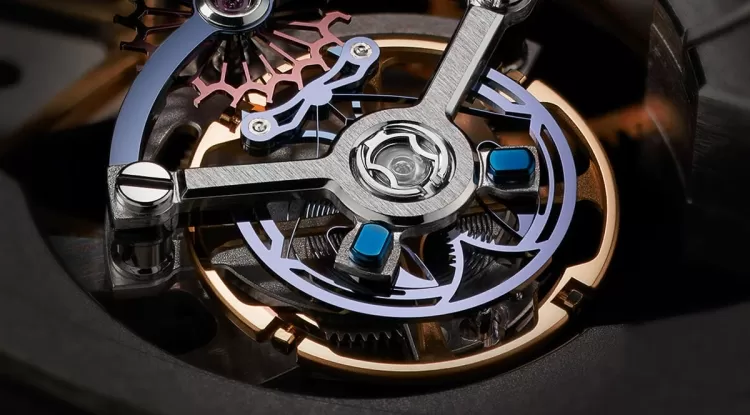The Invention and Evolution of Sundials
Explore the fascinating history and mechanics of sundials, one of the earliest timekeeping devices, from their origins in ancient Egypt to their global cultural impact and modern-day revival as decorative and educational tools.

Sundials, one of the earliest timekeeping devices, played a crucial role in the history of measuring time. Developed over 3,500 years ago, sundials are a remarkable testament to ancient ingenuity, harnessing the sun’s movement to mark the hours. This article delves into the origins, mechanics, and historical significance of sundials, exploring how these simple yet effective devices paved the way for modern timekeeping.
The Origins of Sundials: The Dawn of Time Measurement
The invention of sundials dates back to ancient Egypt around 1500 B.C. Egyptians designed obelisks that cast shadows on the ground to indicate time, creating a rudimentary form of the sundial. The concept soon spread to other civilizations, including the Babylonians and Greeks, each developing their own versions and refining sundial designs to improve accuracy.
In ancient Greece, sundials were extensively studied and optimized. By 430 B.C., Greek astronomers like Anaximander and Eratosthenes had enhanced sundials, designing versions that could adjust for seasonal changes in the sun's path. This adaptation allowed sundials to provide relatively accurate time, depending on the location and time of year.
How Sundials Work: The Science and Mechanics Behind Shadow Timekeeping
A sundial operates based on the Earth’s rotation and the sun’s movement across the sky. The most essential component of a sundial is the gnomon, a stick or triangular object that casts a shadow. As the sun moves, the shadow aligns with markings on a circular or rectangular dial, indicating the time of day.
The angle and position of the gnomon are crucial for accuracy. The gnomon must be aligned with the Earth’s axis and tilted according to the latitude of the sundial’s location. This ensures the shadow moves consistently with the sun's path, allowing the device to display approximate time. Advanced sundials even account for the Earth’s elliptical orbit and the tilt of its axis, providing greater accuracy by adjusting for the “equation of time.”
Types of Sundials: Horizontal, Vertical, and Equatorial
Sundials come in various types, each designed for different placements and purposes. Some of the most popular include:
-
Horizontal Sundials – These are laid flat on the ground, with the gnomon positioned vertically. They’re often placed in gardens or on flat surfaces and are widely used for personal and decorative purposes.
-
Vertical Sundials – Mounted on walls or building surfaces, vertical sundials cast shadows on a vertical plane. Common in public buildings, vertical sundials were historically used to tell time in towns and cities.
-
Equatorial Sundials – Known for their precision, equatorial sundials have the dial plate aligned parallel to the equator. The gnomon sits at a 90-degree angle to the plate, making them more accurate across seasons.
Each type has its unique structure and alignment requirements, reflecting the ingenuity of ancient designers and their attempts to capture time accurately.
Sundials Across Cultures: A Global Legacy
Sundials were not limited to one region or culture; they were used and refined globally, from China to Europe and the Middle East. In ancient China, sundials, known as rigui, were constructed with great precision and often used in conjunction with observatories to study the cosmos.
Islamic scholars during the Golden Age of Islam (8th-14th centuries) also made significant advancements. They designed complex sundials capable of indicating prayer times based on the position of the sun. In Europe, sundials remained the primary timekeeping method until the development of mechanical clocks in the 14th century.
These cultural adaptations show the versatility and global impact of sundials, each culture tailoring sundial designs to meet local needs and environmental conditions.
The Decline of Sundials and Their Modern Revival
As mechanical clocks emerged in medieval Europe, sundials gradually became obsolete as the primary means of timekeeping. By the 17th century, the precision of clocks surpassed sundials, and they were relegated to decorative uses.
In recent years, however, sundials have seen a resurgence as garden ornaments and educational tools. Many enjoy the aesthetic value of sundials, while some designers incorporate solar energy, blending ancient timekeeping with modern technology.
Sundials as Timeless Treasures
Sundials represent a remarkable achievement in early science and astronomy. They are more than mere historical artifacts; they embody humanity’s curiosity and innovation. Sundials continue to inspire with their elegance and ingenuity, reminding us of our ancestors' determination to understand and measure the passage of time.
What's Your Reaction?




















